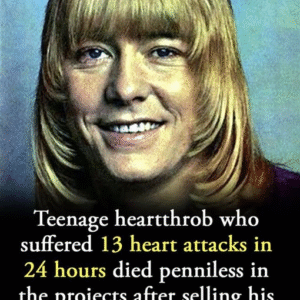Venezuela’s Darkest Days: The Vargas Tragedy
December 1999 remains one of the darkest periods in Venezuela’s history. Torrential rains battered the state of Vargas, triggering d**dly landslides and floods. In just 72 hours, thousands d**d, entire communities vanished, and the nation plunged into grief.
Amid the hor*or, one story emerged that captured hearts worldwide.
A Father’s Heart-Wrenching Choice
During the disaster, a father became trapped under mud alongside his two young daughters. Rescuers found him alive and ready to be pulled to safety. But when he realized his daughters wouldn’t survive, he refused rescue.
“Don’t take me out,” he said, clutching their hands. His words stunned everyone. The girls had d**d under the mud, yet he refused to let go. This act became a symbol of pure love and sacrifice. Eventually, rescuers freed him, but the image of his devotion endures.
The Scale of the Disaster
The Vargas tragedy unfolded between December 14 and 16, 1999. Rainfall exceeded 911 millimeters—equivalent to a full year’s worth in just three days. The consequences were catastrophic:
-
Between 15,000 and 50,000 people d**d (International Red Cross estimate).
-
More than 75,000 families lost their homes.
-
Eight of the 11 parishes in Vargas suffered severe damage.
Architect Marco Negrón reported over 5,300 buildings were completely destroyed, while another 2,600 were partially damaged. About 80% of the local population felt the impact directly.
Survivor Stories
Leidy Crespo, from the Llano Adentro neighborhood, recalls the devastation vividly. At 5:30 a.m. on December 16, a massive wave of mud swept through her area. “It was like being in a movie. I’ll never forget it,” she said.
The following morning, the town lay buried in mud. Bodies surfaced unexpectedly, and cries of families searching for loved ones filled the air. Thousands remained homeless, facing months of hardship in temporary shelters.
Inspiration in Music
Venezuelan musician Porfi Baloa learned of the father’s story from the man himself. Moved by his devotion, Baloa composed the song “Recuerdos (Memories)”, capturing the father’s indescribable act of love.
Rebuilding and Lingering Trauma
Reconstruction efforts were massive. According to Venezuela’s National Housing Council (Conavi), rebuilding costs reached $830 million, with other estimates nearly double. Yet the emotional scars linger. Crespo shared, “If water hits the roof, even just a few drops, it torments me. Or if a faucet is left on. It unnerves me. I close it immediately.”
Photographer Daril Jiménez documented the tragedy in Cuando El Cerro Se Vino Abajo (When the Hill Came Down), preserving survivor testimonies. “We had to start from scratch, but we’re still here,” Crespo said proudly.
A Lasting Legacy
As Venezuela marks the 26th anniversary of the Vargas tragedy, the father’s act of holding his daughters’ hands symbolizes the noblest human spirit. His story continues to inspire, reminding the world of love, sacrifice, and resilience amidst unimaginable loss.
The Vargas tragedy reshaped communities, left scars that money cannot erase, and etched moments of human courage into Venezuela’s collective memory.





